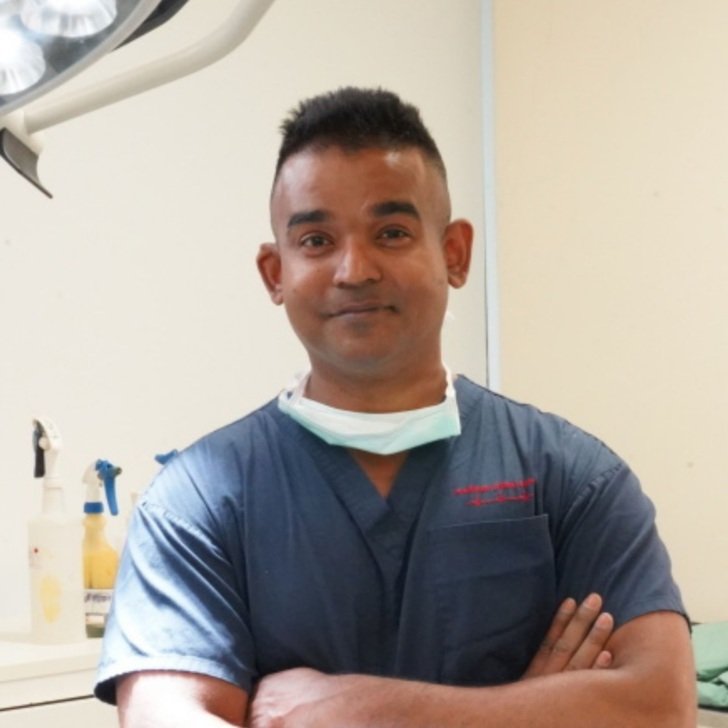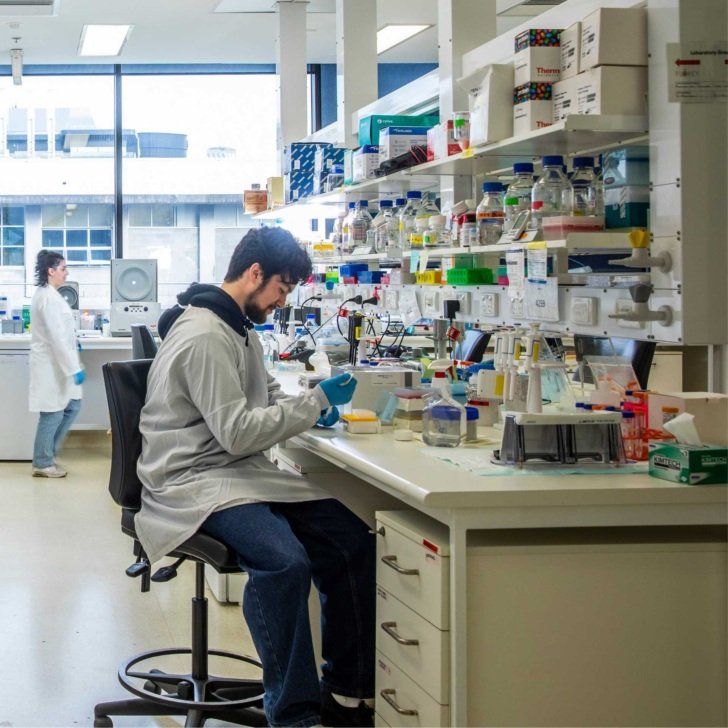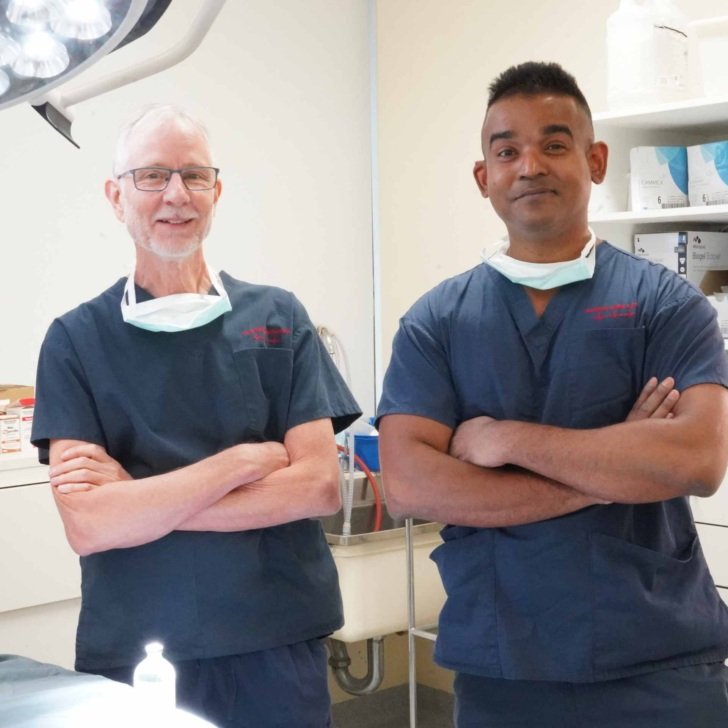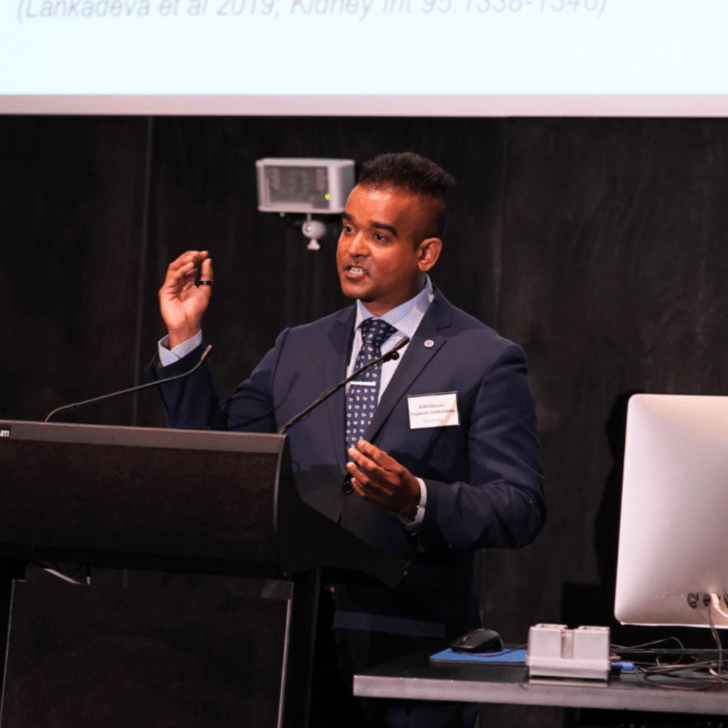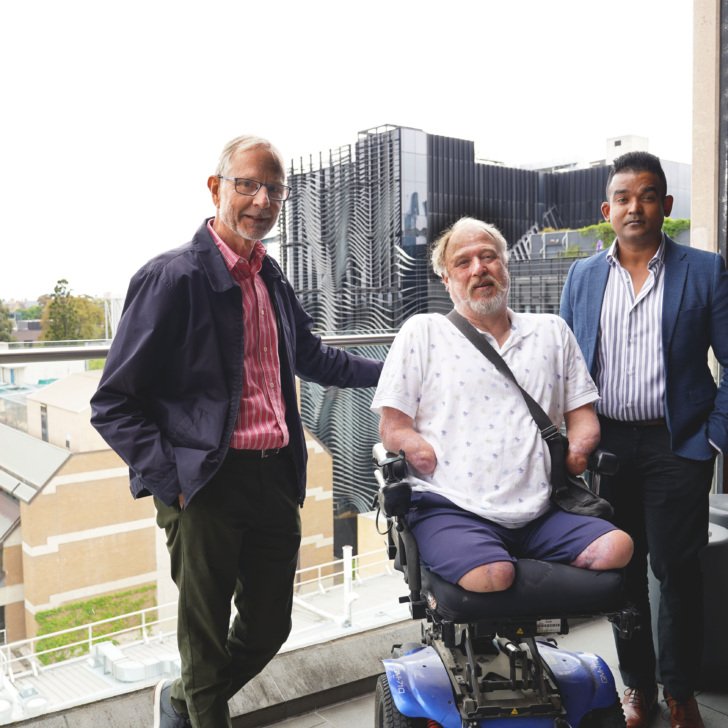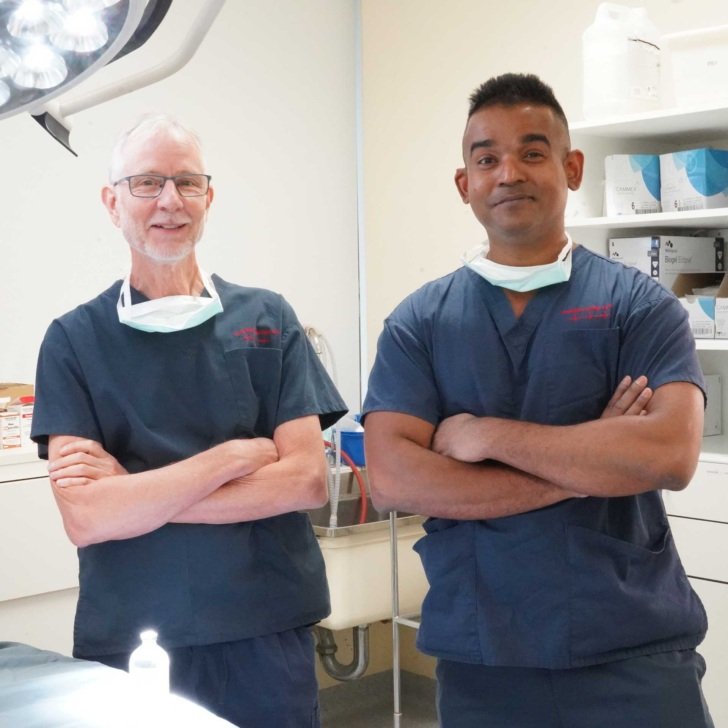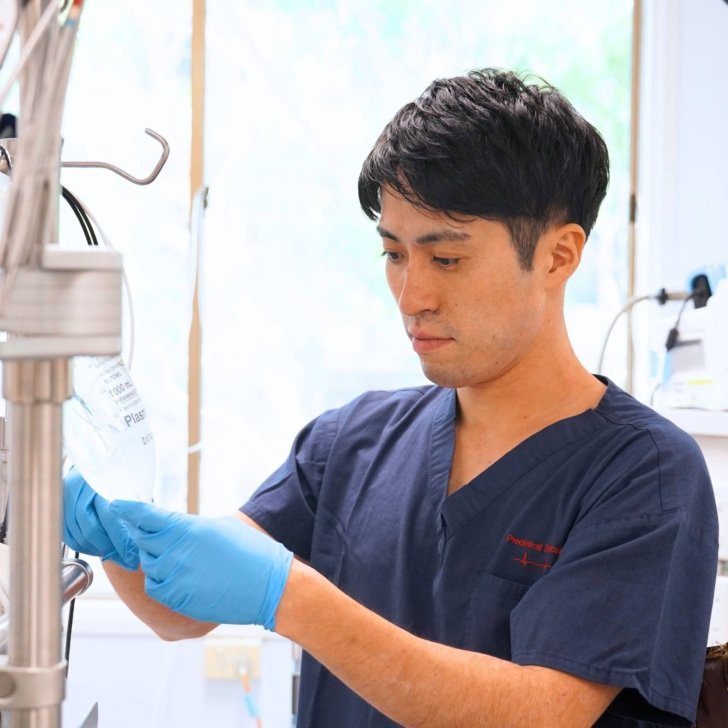
Systems Neuroscience Theme
Deepening our knowledge on how the brain communicates with other vital organs in health and disease
The Systems Neuroscience Theme focuses on deciphering the intricate communication pathways between the brain and vital organs.
Florey research explores how neural circuits and signalling networks coordinate essential physiological functions, maintaining cerebrovascular, cardiovascular and renovascular homeostasis, and responding to pathophysiological stimuli including sepsis, surgery, heart attacks and seizures.
By investigating these processes, our researchers aim to understand the underlying mechanisms that govern pathological states. These insights are crucial for developing diagnostic and therapeutic interventions to treat diseases affecting the brain-body interface.
Working with clinicians who routinely care for patients that are directly affected by the diseases we study ensures our breakthrough discoveries can be translated rapidly to improve patient care.
Focus areas
- Sepsis-induced brain and kidney injury
- Delirium and acute kidney injury arising from cardiac surgery
- Heart failure associated neuroinflammatory brain injury and chronic kidney disease
- Epileptic seizure-induced cardiac functional abnormalities
Researcher spotlight
Rachel Peiris
Rachel Peiris’s research has revealed the effects of blocking signaling from the splanchnic sympathetic nerve – nerves that control the functions of the gut and pelvic organs – during sepsis may pave the way forward for rapidly clearing live bacteria from the bloodstream during sepsis.
“Sepsis is one of the biggest causes of death in the ICU. Our work is successfully paving a way forward to prevent extreme illness and in many cases death,” Rachel said.

Key projects
Sodium ascorbate for reversing sepsis
Our goal is to transform the management of sepsis worldwide. We have strong evidence that mega-doses of a pH-balanced formulation of sodium ascorbate, can improve blood pressure control and reverse brain and kidney tissue hypoxia in sepsis.
This research program will focus on performing minimum therapeutic dose finding studies to determine the optimal dosing regimen of sodium ascorbate and elucidate its physiological, autonomic, immunological and biochemical mechanisms-of-action on the brain, kidney, and blood vessels in animal models of sepsis.
In collaboration with clinicians at research-intensive public hospitals, this project will also advance sodium ascorbate to clinical trials across Australia.
Intracellular zinc delivery drugs for mitigating heart surgery associated brain and kidney injury
Approximately 2 million heart surgical procedures requiring cardiopulmonary bypass (CPB) (i.e. the heart-lung machine) are performed annually worldwide. Unfortunately major clinical complications can arise from this surgery, including postoperative delirium and acute kidney injury.
In collaboration with clinicians, we have established a world-first clinically relevant model of CPB in which cerebral cortical, renal cortical and renal medullary tissue perfusion and oxygenation can be continually monitored before, during and after CPB.
In an important advance, we have discovered that intracellular zinc plays a fundamental role in controlling vascular tone in vital organs, such as the brain and kidneys.
We have designed novel zinc conjugated drugs that are highly efficient in intracellular delivery of zinc to mediate vasorelaxation of cerebral and renal arteries. In this project, we will use these novel zinc-conjugated intracellular delivery drugs to mitigate intraoperative cerebral and renal ischemia, hypoxia, and inflammation, to improve the functional recovery of the brain and kidneys after heart surgery and improve patient-centred health outcomes.
Towards reducing the adverse effects of seizures on heart function
Sudden unexpected death in epilepsy (SUDEP) and sudden cardiac death are similar in that both occur suddenly and unexpectedly. Other evidence implicating cardiac factors include: heart rate variability is reduced in SUDEP, indicating decreased cardiac vagal tone; a prolonged QT interval predicts all-cause mortality in epilepsy patients; and pathogenic variants in cardiac arrhythmogenic genes are enriched in SUDEP.
In this project, we focus specifically on the role of autonomic imbalance leading to elevations in sympathetic outflow to the heart, tachycardia and cardiac arrhythmias.
Selective vagal nerve stimulation using optogenetics in heart failure
In heart failure, an elevation in sympathetic nerve activity from the brain to the heart has been implicated in the progressive deterioration of cardiac function and ventricular remodelling.
Vagal nerve stimulation (VNS) has enormous therapeutic potential as evidenced by around 200 current clinical trials assessing its therapeutic potential across multiple diseases. However, it is plagued by disabling side effects, such as cough and neck pain, and substantial variability in efficacy between subjects and within subjects over time.
We’re addressing these issues using cutting-edge optogenetic methods to specifically target efferent vagal fibres (the hardest fibre type to target electrically) in diseases, such as heart failure.
Theme leads
Group Head
Theme Research Lead
Deputy Director and Group Head
Theme Executive Lead


